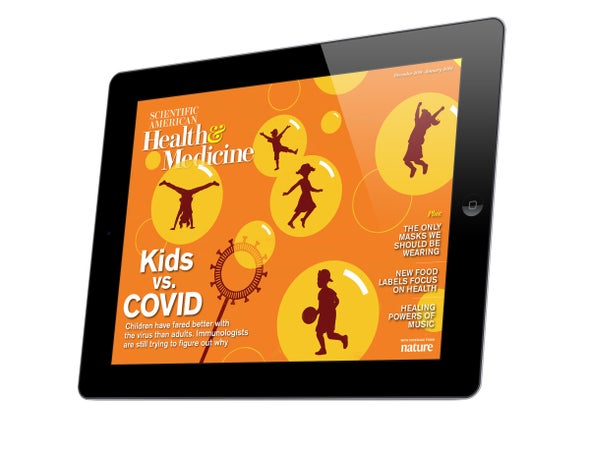Beginning in about January of this year, when the first COVID-19 vaccines started becoming available to essential workers and then, within the next few months, to most all adults, friends of mine with young children started asking me: “When will my kids be able to get it?” As the months rolled on, I tried to give them the best guess I could, based on our latest reporting, and by picking my colleagues’ brains at Scientific American and other publications. Keeping schools closed for fear of mass outbreaks of the virus was also keeping parents at home and also worrying parents who, despite being vaccinated themselves, didn’t want to unwittingly give the virus to their children.
Finally, in early November, the CDC authorized a pediatric vaccine for kids ages five to 11. It seems a major step toward ending the pandemic and resuming a new normal kind of life. To be sure, the pediatric vaccine protects kids, but it will also lower transmission rates of the virus to any adults the children are in contact with. And perhaps that is the most vital side effect of a new wave of immunizations. As Smriti Mallapaty writes in this issue, children have always shown stronger immunity again SARS-CoV-2, for reasons that researchers are still parsing (see “Why Kids Beat Back COVID Better Than Adults”). But by vaccinating the nearly 30 million youngsters who are now eligible, we are lowering the chance that they’ll be potential vectors for the virus and pass it to adults and vulnerable people. If the endgame is to destroy the web of coronavirus transmission, this is a big win.


